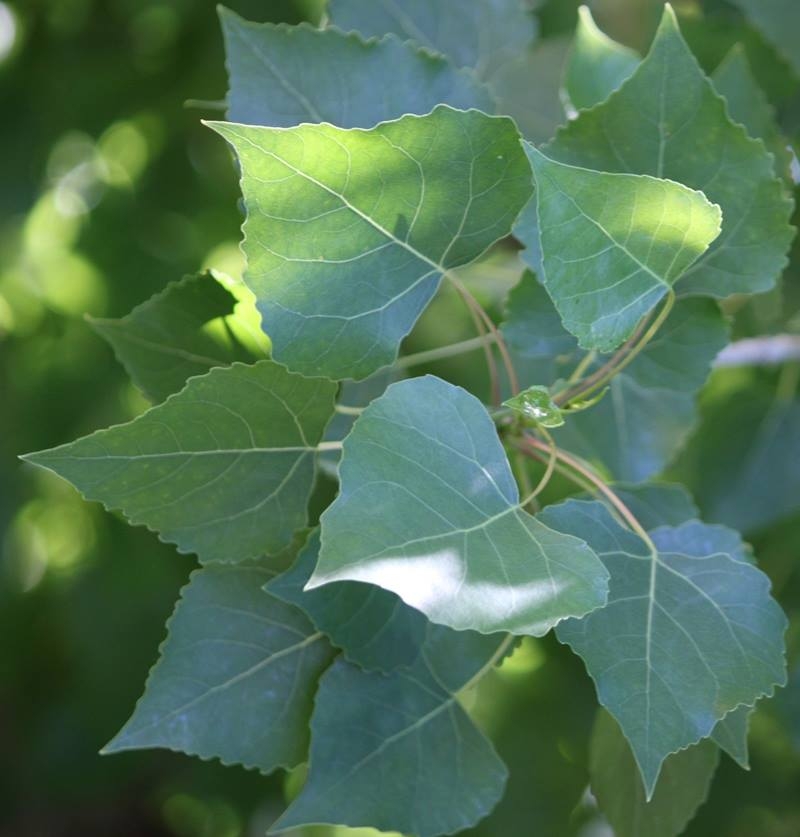The Science
New research shows that the number of copies of genes in a poplar tree affects its traits. Scientists developed a group of poplar trees in which different plants have DNA segments that are repeated or deleted. They found that the number of copies of certain regions of the genome influences traits important to agriculture, the bioenergy industry, and the tree’s ecological role. Because poplars and other plants commonly show variation in copy number, these results highlight an important source of genetic variation.
The Impact
Sequencing plant genomes (an organism’s set of genes) has revealed many new features. A significant fraction of plant genes have either fewer or extra copies compared to others. However, the impact of these differences on wood yield and other important traits have been hard to measure. This study demonstrates a practical method to identify regions of the genome whose copy number is important for these traits. These findings help researchers understand how genomes balance their many components. It should also improve predictions of which forest trees will be most useful for bioenergy.
Summary
Scientists have developed a large collection of poplar trees carrying genomic insertions and deletions. Each tree was sequenced to determine the exact location of their genomic change, then measured for numerous phenology and biomass production traits relevant to bioenergy production. These results show that a large proportion of the genome is represented by regions that are sensitive to changes in gene dosage and that these regions are correlated with phenology and biomass traits important for bioenergy applications. These results thus indicate that copy number variation and gene dosage are fundamental to explaining quantitative trait variation in poplar trees. In a broader sense, because copy number variation has been recently identified as common in numerous plant species, these results indicate that copy number variation and gene dosage should be considered when trying to predict phenotypic performance based on genotypic information.
Funding
U.S. Department of Energy, award number DE-SC0007183
Original post https://alertarticles.info
